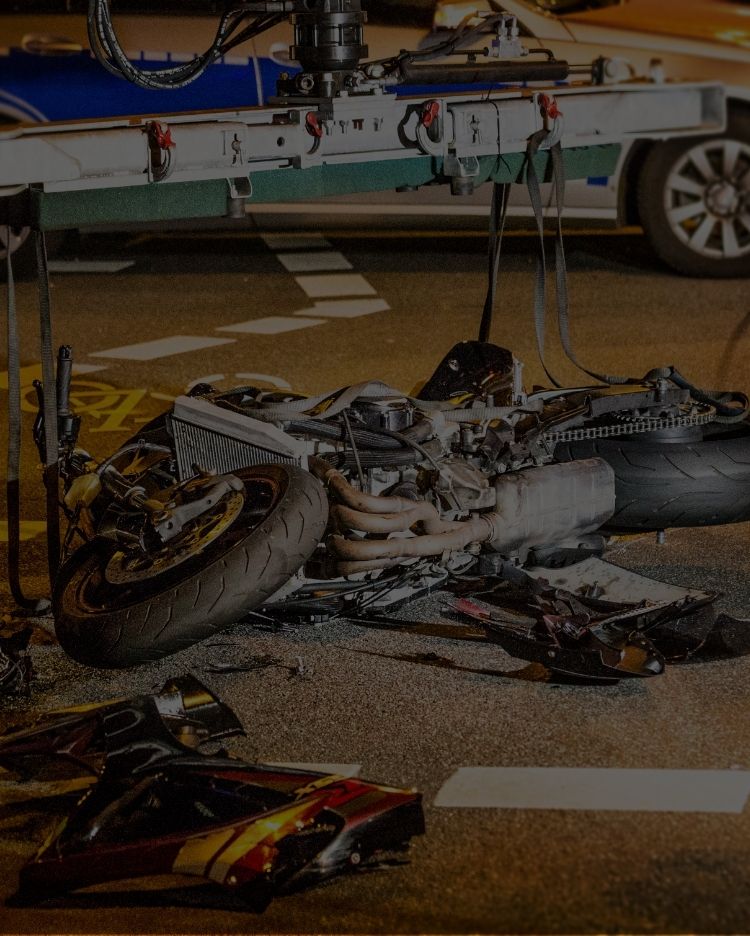Am I entitled to compensation if I wasn’t wearing a seat-belt?
Yes, you can – but your compensation that is assessed and awarded to you will be reduced because you might have “contributed” to your own injuries – meaning that if your case goes to Court, defense lawyers will contend and argue that your injuries could and would have been less severe had you been wearing a seat-belt. While defending an auto accident case, insurance companies have the legal onus of satisfying a Court or proving that your injuries could have or would have been prevented or lessened had your seat belt been worn.
Reduction in Compensation
From a traffic or Provincial Offences standpoint, all Canadian provinces have passed compulsory legislation that requires occupants of a vehicle to wear their seat belt. In Ontario, drivers can be convicted if they or anyone in their vehicle under age 16 is not wearing a seat-belt or secured in a proper child seat. In addition to Provincial Offences, it has long been recognized in Canada that all occupants in a vehicle have a duty to wear their seat belts to ensure their own safety. If you are hurt in car accident in Ontario and initiate a claim for personal injury compensation, the failure to have worn your seat-belt can result in a reduction in your compensation within the range of 0% to as high as 25%!
Normally the upper limit is available only in those cases where a judge or jury is satisfied that substantially all of your injuries and damages could have been prevented by wearing a seat-belt. Where the evidence does not establish that all your injuries would have been effectively prevented, then allocation of reduction in compensation paid to you should be less than the upper limit of 25%.
Another way to think about seat-belt reduction is like this – whenever there is a car accident, the negligent driver (or the driver that caused the accident) must bear by far the greater share of responsibility. It was his or her wrongdoing or negligence which caused the wreck. It also was a prime cause of the whole damage. But insofar as the damage might have been avoided or lessened by wearing a seat belt, you as the the injured person must bear some share of the “responsibility” and it is up to a jury to decide how much. Sometimes the evidence presented at trial will show that the failure to wear a seat-belt made no difference at all. Your injuries would have been the same, even if you would have worn your seat belt. In such cases the compensation should not be reduced at all. At other times, the evidence at trial will show that the failure would have made all the difference in the world – i.e. your injuries would have been prevented altogether if you had worn your seat belt. In such cases, the compensation owned to you for your injuries would be reduced by 25 per cent.
But often enough, trial evidence will only show that the failure made a “considerable difference” to a victim’s injuries. Some injuries to the head, for instance, would have been a good deal less severe if a seat belt had been worn, but there would still have been some injury to the head. Injuries to the arms and shoulders could have occurred regardless of whether or not your seat-belt was worn. In such case damages attributable to the failure to wear a seat belt could be reduced by 15 per cent.
Conclusion
In Canadian car accident cases, the defense of contributory negligence (remember – when a victim contributes negligently to causing his or her own injuries) can be advanced in a wide variety of circumstances. Not uncommonly, an accident victim’s failure to wear a seat-belt is one. You may be found to have failed to take reasonable care for your own safety by not wearing an available seatbelt or by accepting a ride in a vehicle not equipped with seat-belts. If a seat-belt was available but not worn, the evidence must establish that it was operational and your injuries would have been reduced by usage to justify a finding of you being negligent.
Although there is no hard and fast rule as to apportionment in cases involving a successful seat-belt defense, victims in our experience are often held to be 10% to 25% negligent when seat-belts are not worn.
Have you suffered life changing injuries?
If you have suffered life changing injuries in a vehicle accident, we can help. Matt Lalande has recovered millions for accident victims in Hamilton and the surrounding areas since 2003. We have represented hundreds of car accident victims that have suffered spinal cord injuries, serious brain injuries, orthopedic injuries and fractures, paraplegic and quadriplegic injuries.




